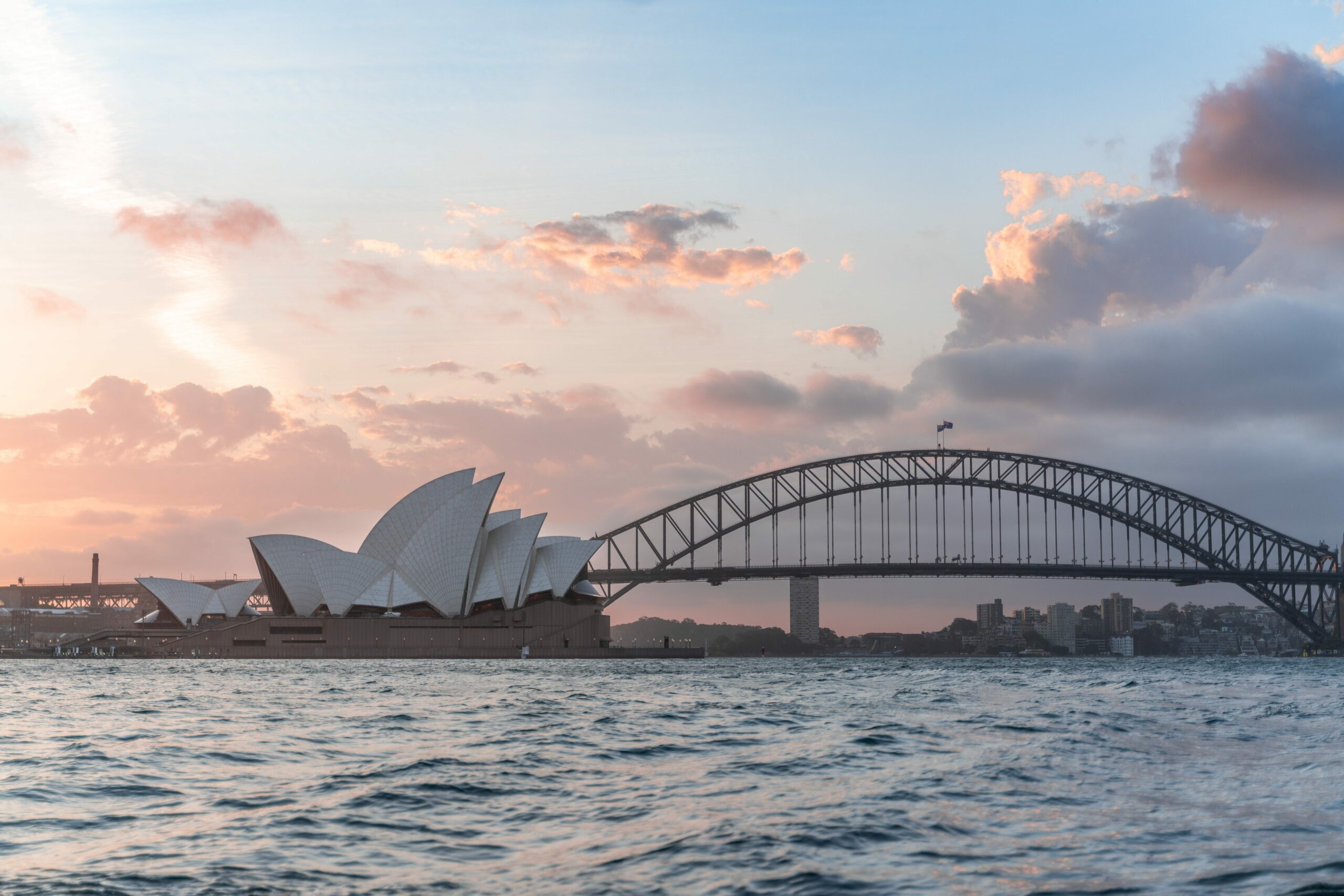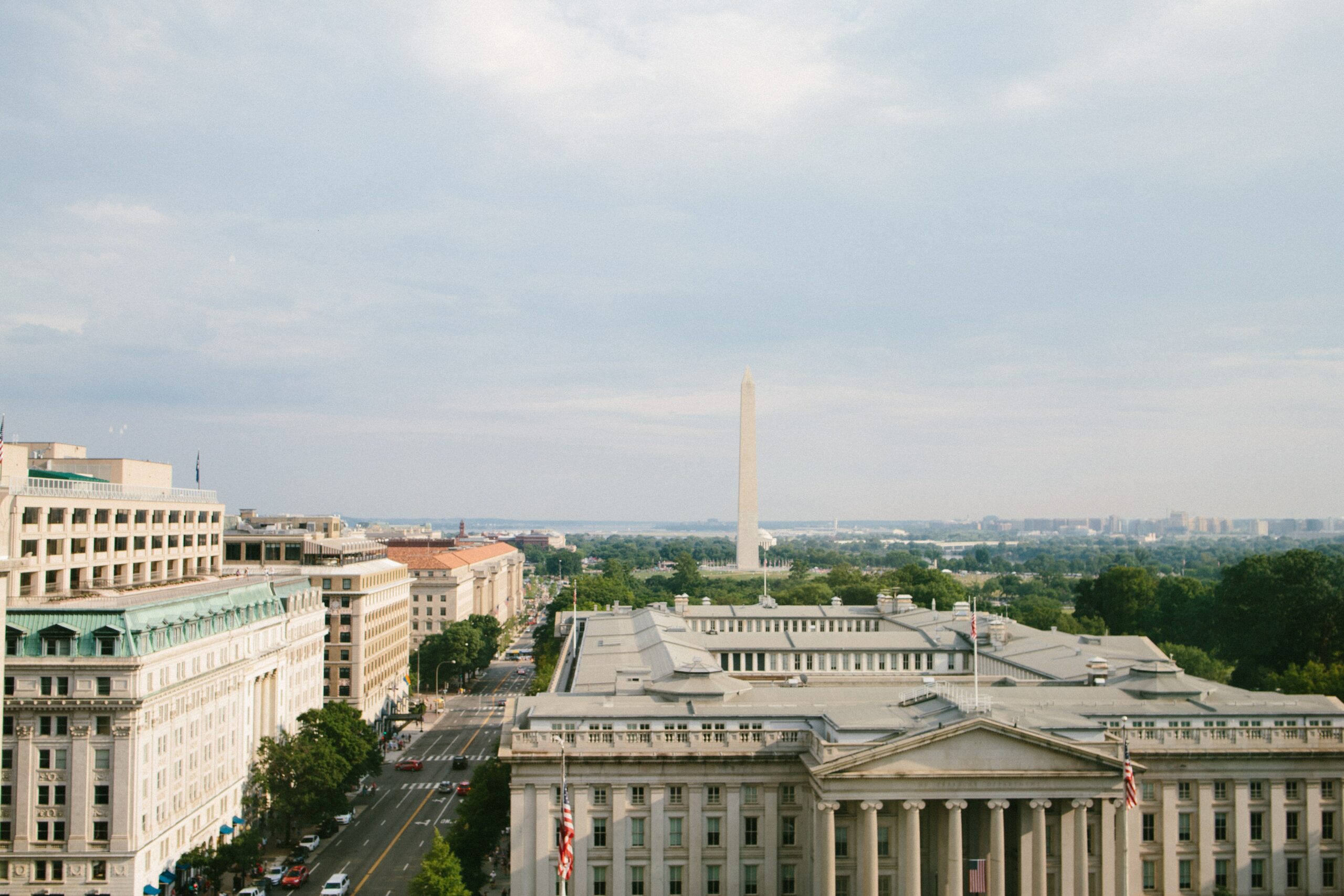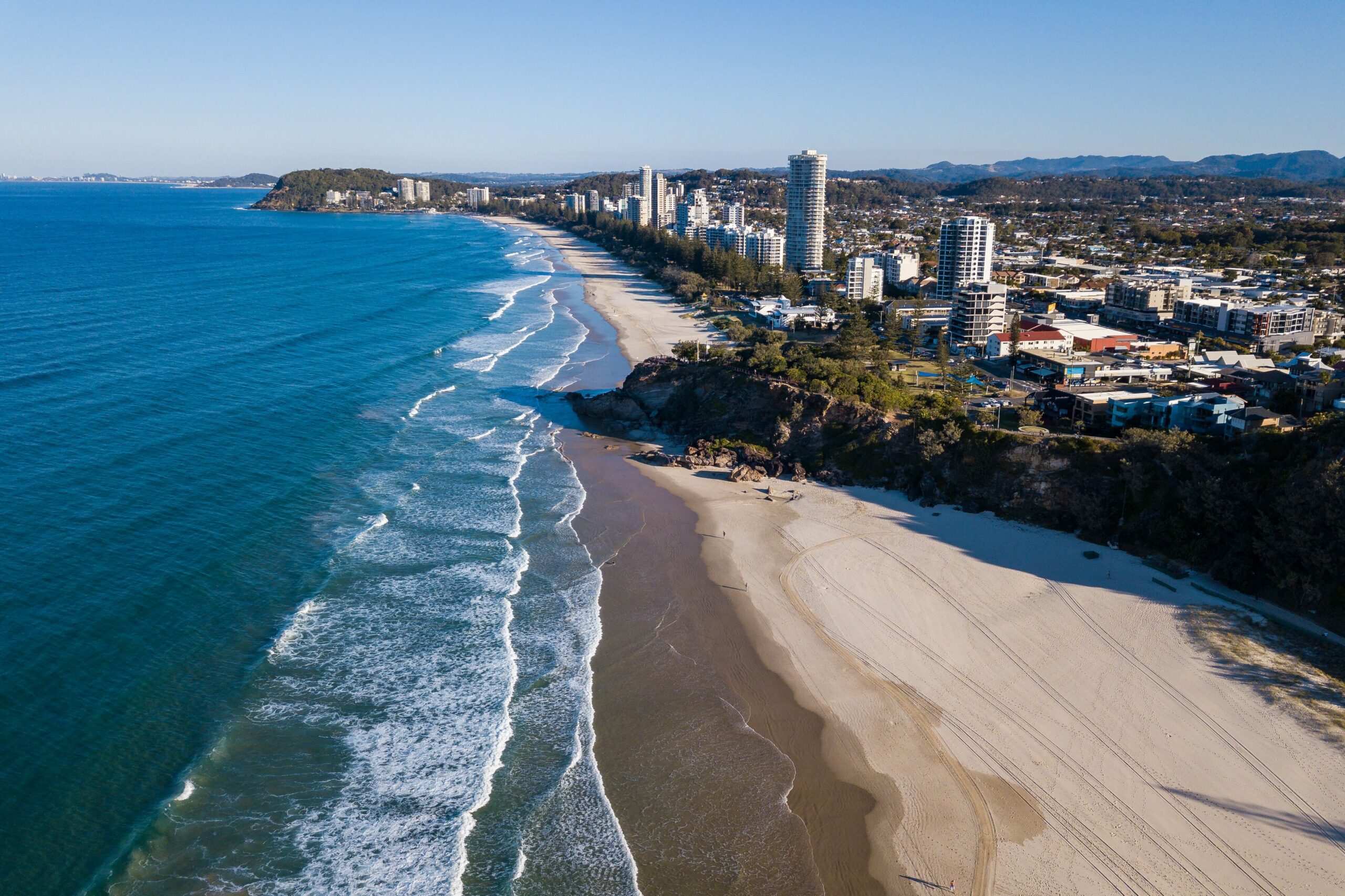An exploration of the considerations for where you might make your initial patent filing.
You’re planning to file a provisional patent application – but where should it be filed, and what are the implications? This article outlines some of the key considerations you might weigh when deciding where to file your provisional patent application.
Why a provisional patent?
A provisional patent application is often a sensible first step towards patent protection, as it lets you disclose your invention without jeopardising your ability to gain patent protection.
Filing in any of the 179 states which are members of the Paris Convention also provides the right to file a patent application in any of the other member states within 12 months of the provisional filing date.[1] These reciprocal rights apply between almost all major jurisdictions, including New Zealand, Australia, the United States, Canada, and Europe through the European Patent Convention.
Are there legal differences?
In most cases, there are now no legal benefits to filing first in any particular jurisdiction.
Before 2013, the United States’ patent laws meant there were advantages in having your earliest filing date be in the United States. This incentivised many applicants to make their first filings in the United States. However, in 2013 those rules were changed, so now a later U.S. patent application will be treated the same regardless of where a provisional application was filed.
Even so, many applicants, from start-ups to multinationals, still choose to make their initial patent filings in the United States. Why?
Many of the reasons seem to relate back to the United States’ position in the global economy. The United States is home to many of the world’s largest and most important technology businesses, and U.S. businesses have a reputation for taking their IP seriously. Every year since 2010, the United States has attracted by far the most patent filings through the PCT, which demonstrates its desirability for others as a jurisdiction in which to gain protection.[2] These factors mean that a U.S. application number may communicate to others that you also take your IP seriously.
While a provisional patent does not itself provide enforceable patent protection, filing in the United States may also confer a halo of commercial authenticity, due to the prominence and desirability of the United States as a consumer market.
For these and other related reasons, applicants may also find that a U.S. provisional patent filing may be able to be marketed more effectively than a filing in another jurisdiction.
Finally, we have observed that investors commonly place outsized weight on provisional patent applications which have been filed in the United States. Where winning over investors will be critical, this alone may be a decisive factor.
What about the costs and mechanics?
The official fee for filing an Australian provisional application is $110 AUD, and for a New Zealand provisional application is $100 NZD.
Meanwhile the base official fee for filing a United States provisional patent application is $300 USD, which converts to about $500 New Zealand or Australian dollars.
The filing process for a provisional patent application in Australia, New Zealand, and the United States is very straightforward, with no documentation needing to be signed by the applicant or inventors.
The biggest difference, aside from the greater official fees, is that there is commonly an additional layer of cost because a local patent attorney in New Zealand or Australia must use a U.S. patent agent or patent attorney to file a United States patent application. For local clients this can often be a prohibitive addition to the cost of filing a provisional patent.
Uniquely, this is a service that Flint IP offers in-house. This means we can provide local clients in Australia and New Zealand with U.S. filing services without the addition of further layers of cost.
Conclusion
Depending on your circumstances, there may be specific reasons to file first in a certain jurisdiction. One example is the ability to obtain a cost-effective search and examination report through the Australian patent office, which is discussed further in our article here.
To discuss the details of your situation and find a filing strategy that will suit you best, or to discuss your options for filing a U.S. provisional patent application directly with us, please get in touch with one of our experts.
[1] https://www.wipo.int/pct/en/paris_wto_pct.html
[2] https://www.wipo.int/edocs/pubdocs/en/wipo-pub-901-2023-en-patent-cooperation-treaty-yearly-review-2023.pdf at page 53.






